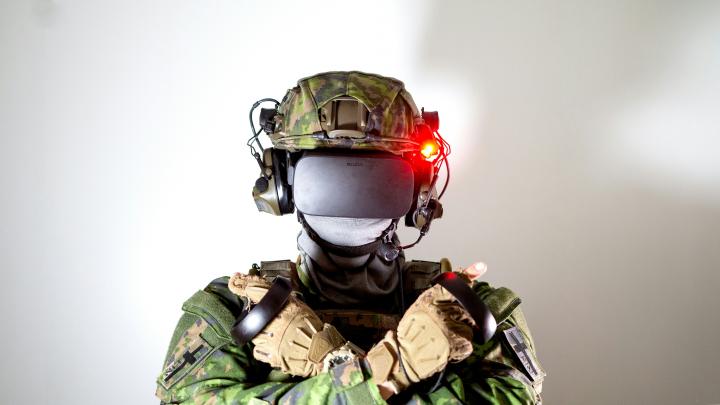
Assets in European thematic ETFs have climbed to a record 52 billion euro, the highest level since the post-Covid “everything bubble.” While a record number of thematic funds closed in 2024, the category is making a comeback this year, led by the themes of defense and AI.
“Investors are ending the year solidly in the black, which creates room for tactical expressions in their portfolios,” said Omar Moufti, head of thematic investing strategy at iShares by Blackrock. “In the satellite positions of their portfolios, investors are now expressing their convictions more clearly through high-conviction thematic funds.”
According to Moufti, the popularity of defense and AI is no surprise. “These are tangible themes that help investors translate their view of the world into portfolio choices.”
Thematic funds have faced tough times in recent years. “Many of the thematic funds launched during the boom years of 2021 and 2022 did not survive 2024,” said Kenneth Lamont, senior fund analyst at Morningstar. “Because of disappointing performance, they failed to sustain lasting investor interest.”
Rising geopolitical tensions have affected not only defense and AI, but also commodity markets. Moufti noted that gold and mining funds are also benefiting from increased investor demand.
Defense and AI
Morningstar calls defense the key current theme in Europe. While many thematic funds were forced to shut down in 2024, 60 percent of all new capital flowing into thematic ETFs went to defense-related products. The trend continues this year: of the 13 newly launched thematic ETFs, 8 focus on defense.
Artificial intelligence accounted for 15 percent of thematic fund inflows in 2024. Moufti says this reflects the massive investments being made in AI. “But more investors are now looking beyond core AI infrastructure themes, turning instead to AI applications or areas where AI may be undervalued—such as certain Chinese technology companies.”
The investor newsletter The Juice points out that AI funds rely heavily on stocks such as Nvidia and Microsoft. This can lead to overlap with broader index positions, the publication warns.
Together, defense- and AI-related thematic funds now represent 45 percent of the European thematic fund universe. AI funds have been popular for some time, while defense funds have only existed since 2023. The first wave of defense ETFs launched between July 2023 and October 2024, and since then inflows have shown consistent monthly growth.
Growth in defense- and AI-funds, in billion euro
Growth bias
Thematic funds tend to have a growth bias. Morningstar data show that globally, 70 percent of thematic funds with a style-box classification lean toward growth, while only 7 percent are value-oriented. In Europe, about two-thirds of funds have a growth tilt.
According to Moufti, this aligns with the nature of thematic investing, which focuses on structural growth opportunities, making high valuations unsurprising. “High-conviction, long-term positions are meant to deliver an additional return premium.”
The Juice notes that thematic funds are often prone to hype. When media attention peaks, the underlying stocks are often highly valued, leaving new investors vulnerable to disappointment once the trend normalizes.
Blackrock underlined that its thematic ETFs are built on in-house research into multiyear trends. “It only makes sense to launch an ETF that can last,” said Moufti. “Still, in a more volatile world, investors are making tactical choices more frequently.”
Low survival rate
The Morningstar Global Thematic Funds Landscape 2024 report paints a bleak picture for thematic ETFs. Since 2009, 60 percent of thematic funds have been closed. Over that 15-year period, only 9 percent beat the global equity benchmark. On a three-year basis, after the tech correction at the end of 2021, only 1 in 20 funds (5 percent) both survived and outperformed the market.
According to The Juice, thematic ETFs can still play a role as small tactical positions of 2 to 5 percent in a portfolio. “Niches such as cybersecurity or rare metals are particularly suitable. But investors should see them as speculative bets. Many will disappoint, and a few success stories have to make up the difference.”